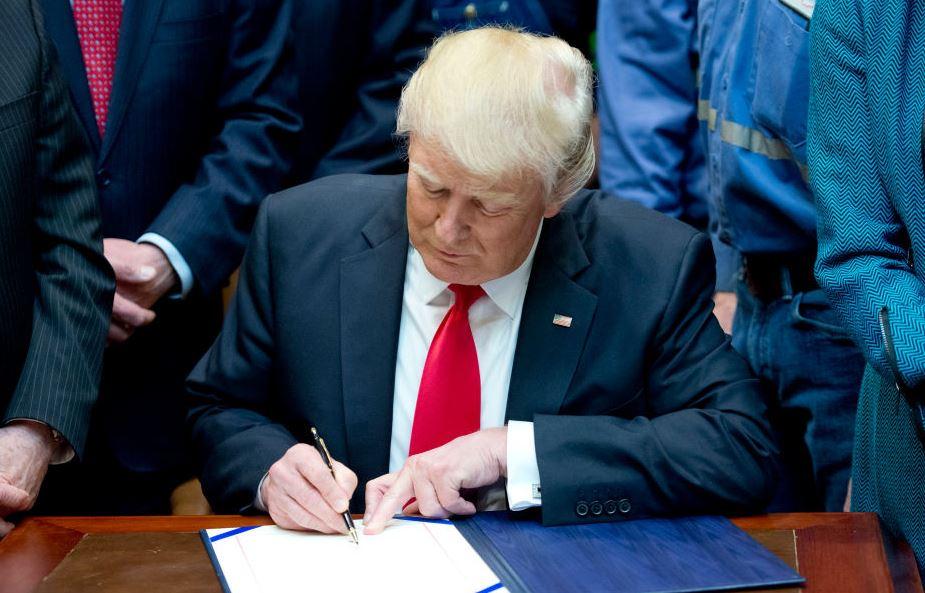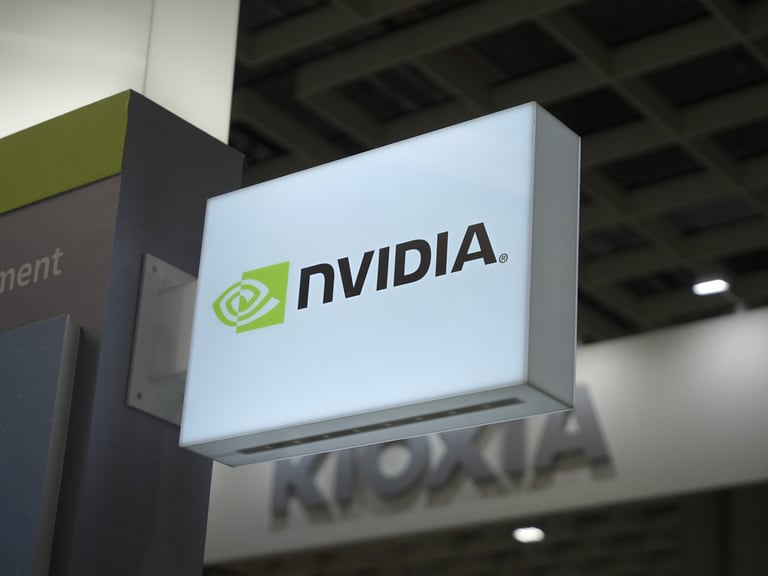Two deals in two days. China and the US sign an initial agreement that forestalls further tariff increases, then the US Senate approved an agreement with Mexico and Canada that replaces the defunct NAFTA framework. Investors around the globe responded by piling into stocks. Australian investors are major beneficiaries, as the Australia 200 index jumped a world leading 7% from the beginning of the year.
In just a week, trade-dispute market fears have dissipated.
Despite this apparent “all clear”, substantial market risks remain. The economics of trade disputes are clear; nobody wins in a trade war. Instead, investors could view the White House’s prosecution of trade disputes with China, the European Union, Canada and Mexico as largely designed for the consumption of US voters. On this reading the looming US elections in November could see trade issues come back for another bite at the markets.
The most obvious source of trade risk is the negotiation of the second phase of an agreement between the US and China. The first phase of the negotiations, and the subsequent deal, covered only a few of the main sticking points between the two largest economies globally.
The key to the positive market reaction to phase one was the removal of escalation threats. Recent China trade data showed surprising strength. In December, exports grew 7.6%m and import surged by 17.7%. This evidence that China trade remains in good health, in spite of the tariffs enacted over the last two years, is positive. Combined with the removal of the threat of further tariff increases, there are rational underpinnings to the recent rally.
However the US President has demonstrated an unconventional negotiating style. One aspect of this style is the willingness to use a “big stick” to soften up counterparties. This could mean further public threats to penalise trade partners, and consequent market disruption.
Perhaps the most important political consideration is the portrayal of the President as a strong defender of the economic interest of the USA. Any slide in the electoral prospects of President Trump and/or the Republican Party could put investors on alert for renewed escalation.
A less discussed trade risk is the potential for the White House to open a new front in the disputes with European nations. President Trump has complained previously about the trade imbalance between the EU and the USA, which favours the EU by around US $170 billion annually. The agreement by China to lift purchases from the US not only hurts European suppliers, it also gives President Trump leverage in any negotiations.
As Brexit becomes reality there is potential for the re-shaping of global trade relationships. President Trump could see an opportunity for both economic and political gains by shifting the attention to EU trade relations.
The shifting trade sands have clear implications for investment strategy. A higher probability outlook for both the global and Australian economies is modest growth, supporting higher share prices in the medium to longer term. However heightened headline risk means once again there could be savage swings in market sentiment.
The overall rise of the Australia 200 index in 2019 delivered better than 20% returns to buy and hold investors, once dividends and franking are taken into account. Investors taking an active approach, especially at the individual stock levels, may have collected more.
Maintaining an active approach to stocks, and doubting the extremes of sentiment at the index level, may once again prove a fruitful investment style. Investors can implement this strategy in many ways, and the right way depends on individual investor circumstances.
The right time to trim portfolios and sell stocks is possibly when stocks are buoyant, and optimism high. At the other extreme the time to expand portfolios and wade into the market may be when shares are under pressure the market consensus grim. The danger for investors who do not implement a strategy is that they will do the exact opposite.






